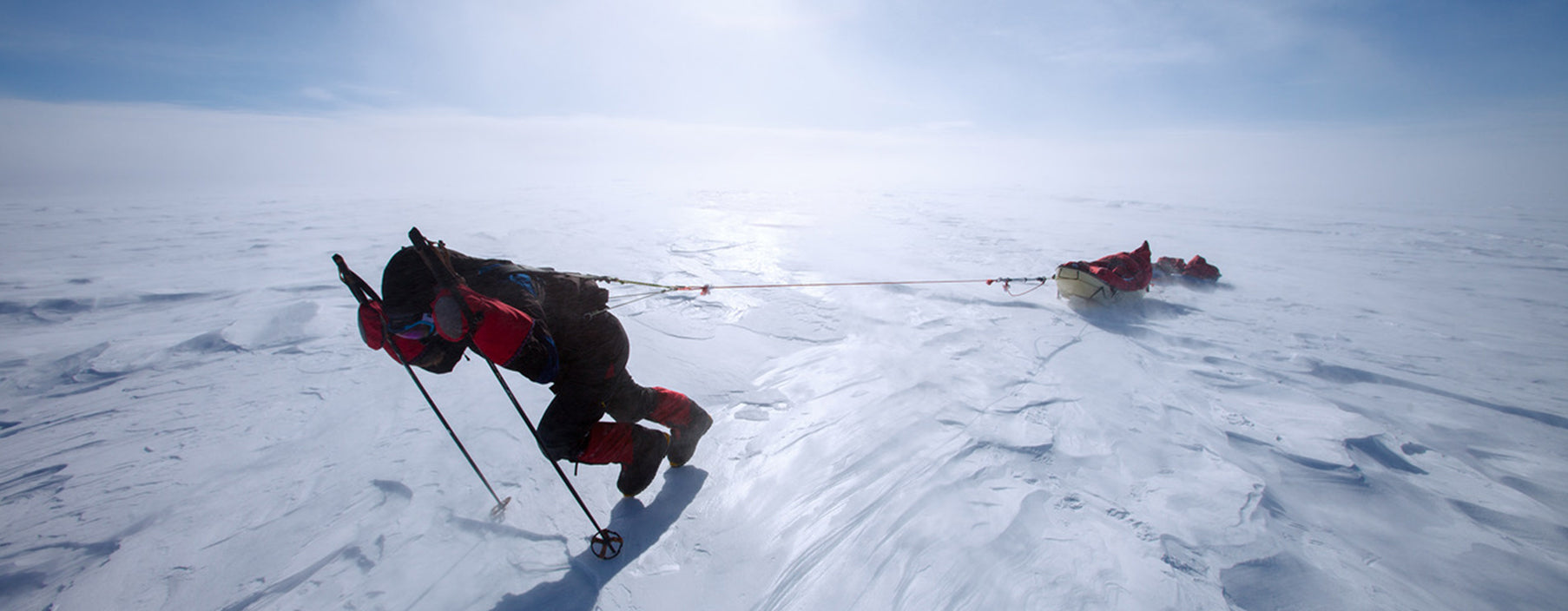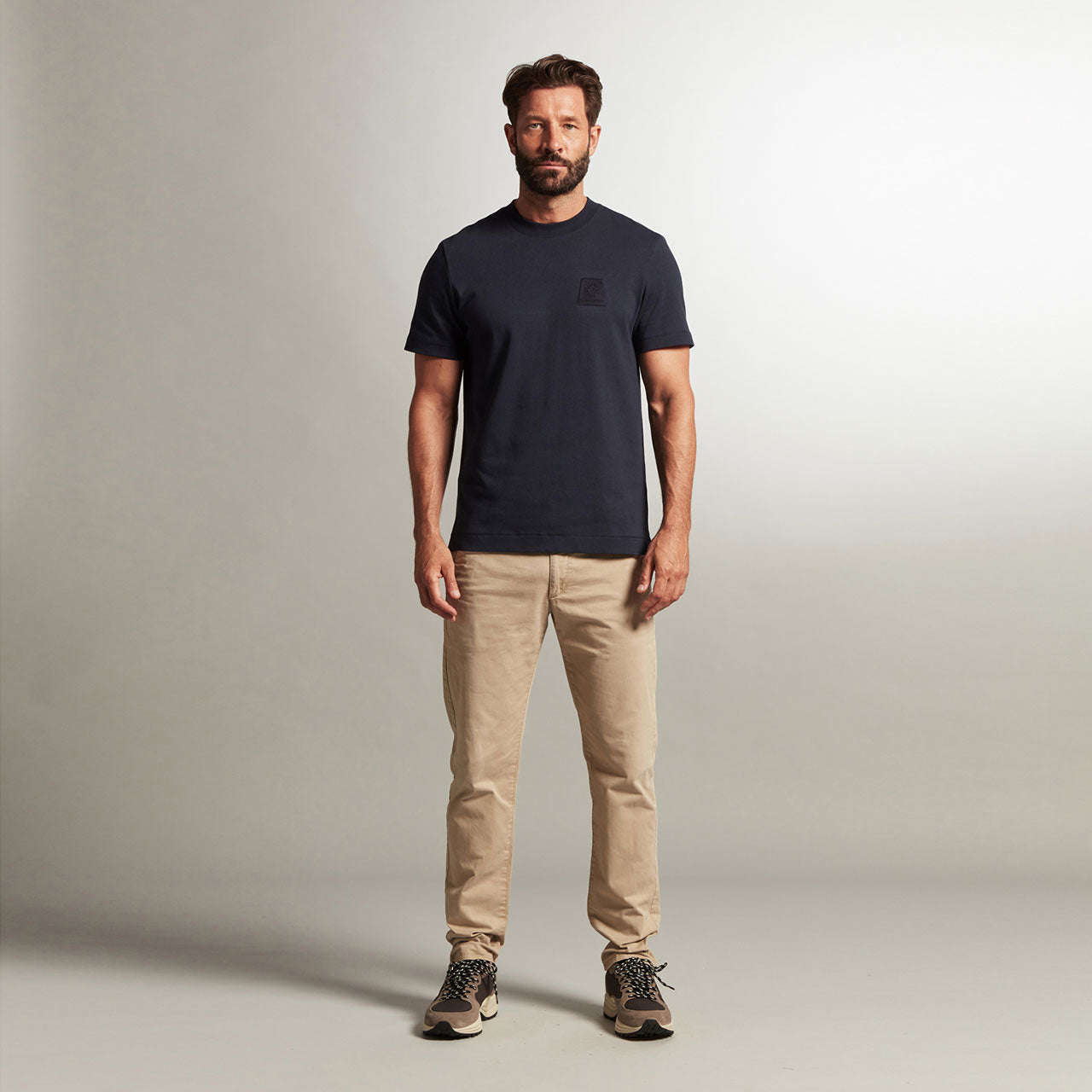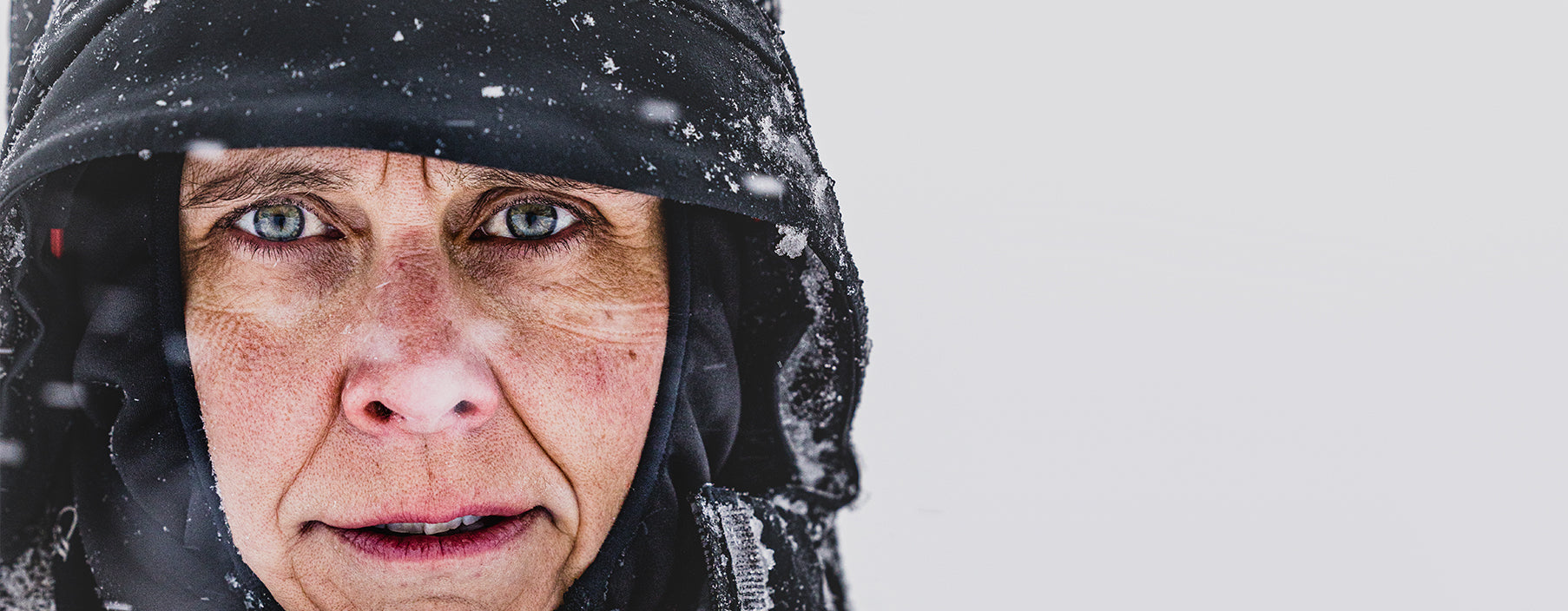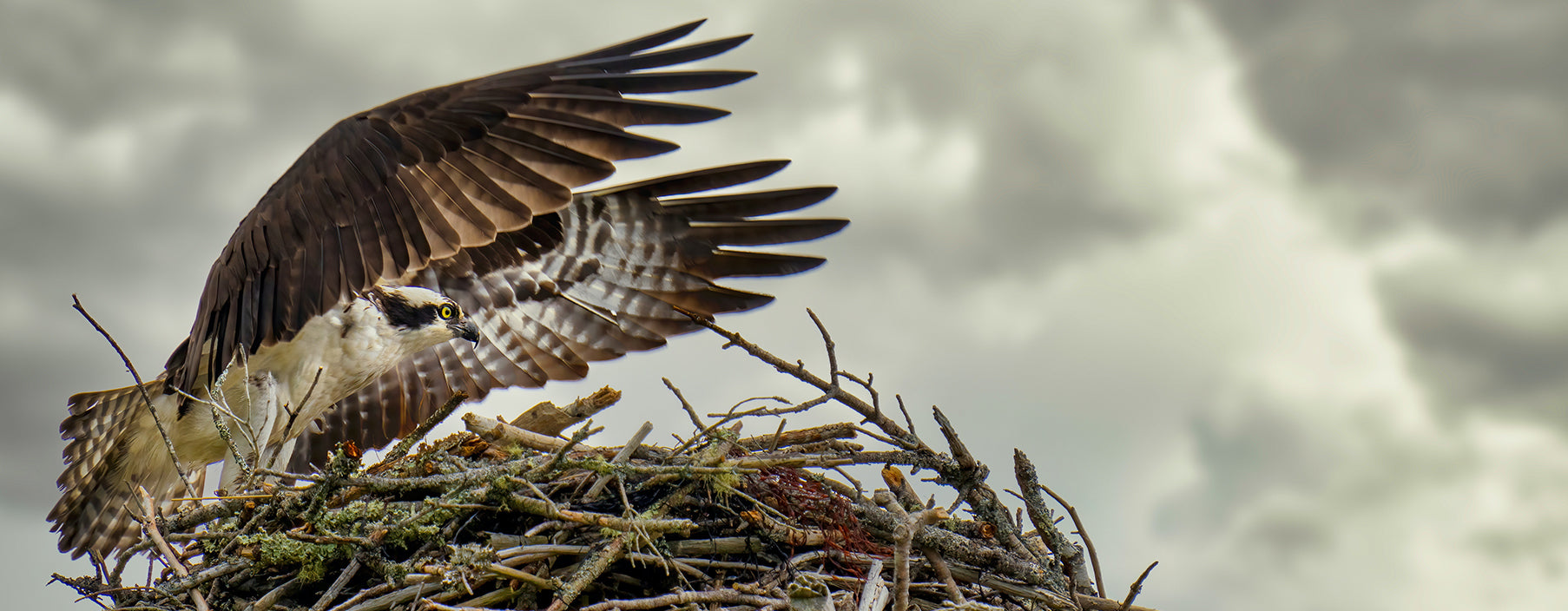
SHACKLETON MEDAL // MEET SEBASTIAN COPELAND
Adventurer, photographer and climate advocate Sebastian Copeland is on the judging panel of the Shackleton Medal for the Protection of the Polar regions for the second year running. Here he talks to Rachel Halliburton about his new book, Polar Explorations: To The Ends of the Earth, following in the footsteps of Frank Hurley and why he's never as happy as when he's on the ice.
There’s nothing still about the ice in Sebastian Copeland’s photos. In some images there are icebergs that look like sea monsters moving through the ocean, in others gargantuan jagged structures bring a powerful sense of the elemental forces that have shaped them. Through his work you can see how Copeland’s passion for the vast alien landscapes of the poles defines him. He jokes that his hunt for the perfect image makes him a “predator” though he sounds more like a philosopher as he describes the solitude that makes you feel “like the last person on earth, or the first person on another planet”.

He’s just completed his latest expedition to the South Pole, a few months after publishing his most personal work to date, Polar Explorations: To The Ends of the Earth. This, like his other photography books – not least Antarctica: The Waking Giant which won the IPA’s Professional Book Photographer of the Year award in 2020 – is part of his visual armory for drawing attention to climate change. It says equal amounts about his persuasiveness and his contradictions that people who have written forewords to his previous books include Leonardo DiCaprio and Gorbachev: for this latest work the American mountaineer and filmmaker Jimmy Chin has stepped up. Yet there’s no whiff of glitz or loftiness when you talk to Copeland, more the sense of a mind ravenous for facts, endlessly chewing over the discoveries and news stories that inform his work.
“BEAUTY AS BAIT”
“Antarctica’s such a great beast of ice,” he says when we talk, “a lot of the most significant changes are happening in places where a photographer can’t act as a witness. I’m not working with NASA to monitor the shrinking Pine Island glacier, I don’t have a submarine to collect data from the bottom of the ocean.” Yet while he’s aware of his limitations, he’s also seen again and again how one photograph can have the punch not just of a thousand words but of a thousand dismaying statistics. He describes his work as using “beauty as bait”, a way of “being on the frontlines and bringing back the story in a form that acts directly on the emotions”.
Copeland, who has studied geology and glaciology, feels that “it’s in the Arctic that you really tangibly feel and see what’s happening with global warming. I’ve been on the Greenland ice sheet in a particularly warm cycle and you have all these melt ponds, while in the decline of Arctic sea ice along with different patterns of freezing, melting and reforming, it’s clear what’s happening. Beyond this you have an indigenous population, who beyond the data have personal accounts of how the changes are daily affecting their lives. As we know, here global warming is taking place at least four times faster than in the rest of the world.”
FROM LENIN TO POLAR BEARS
In a recent TEDx talk, Copeland described a journey in which he and his expedition partner took 42 days to cross Greenland, eventually reaching the small community of Qaanaaq. In twenty years or so of travelling to the farthest reaches of the globe he’s had some eye-stretching encounters – not least with a plastic bust of Lenin at Antarctica’s Pole of Inaccessibility, and with a polar bear in the Arctic. (In the latter both lived to tell the tale.) Yet here in Qaanaaq he was mesmerised by the bay into which “glaciers spit icebergs like an ice-cube dispenser”. Even though he had not slept for 36 hours, “something stirred me to seize the moment and go photograph it.” It was light, but the bay – unusually for that time of year – was not in direct sun, which meant that rather than being surrounded by a scene of dazzling white, there was a more subtle spectrum of blues, greens and blacks. He spent eight hours alone on the sea ice, declaring “it was the most rewarding photographical experience of my life”.

Copeland has spent a lot of time getting to know indigenous people in the Arctic and one Inuit friend told him, “My photographs of icebergs reminded him of formal portraits of dying people. That really stayed with me. Since then I’ve always looked at icebergs as individuals. The lifecycle of an iceberg after all is not altogether unlike our own. Ice is born. It interacts. It travels. It transforms as it ages. The more vulnerable ones disappear early and the stronger ones carry on, leading their fate in the ocean, thereby carrying on the cycle of life and returning to their initial state and feeding the birth of the next iceberg.”

STANDING ON THE SHOULDERS OF GIANTS
Copeland’s achievements as a polar photographer inevitably draw comparison with early photographers like Frank Hurley and Herbert Ponting who documented Shackleton and Scott respectively. Yet he shrugs off any suggestion that he might be described as part of the heroic tradition, even though he was named in 2017 by no less a publication than Men’s Journal as one of the world’s 25 Most Adventurous Men. “I cringe at the notion that I might be compared directly to them – apart from anything our equipment is much lighter and we have digital and algorithmic support. Their gear was awkward, weighed a huge amount and they were capturing images on glass plates. When I look at the amazing stately images both of them managed to produce it just baffles my mind.”
POLAR PHOTOGRAPHY IN THE MODERN WORLD
He is also clear that if it were just about the adventure, he wouldn’t have devoted his life to polar photography. “I have three pillars to my house; adventure, photography and climate advocacy.” He started out on Madison Avenue, producing high-octane images for the latest fashions, stratosphere-level celebrities and advertising campaigns. Yet it was quickly obvious to him that this wasn’t going to be enough.
“My grandfather was very philanthropic and impressed upon me the fact that if you have the privilege of time and extra resources you have a duty to help improve the world. He delivered meals – he was a staunch Christian – and we’re separated on that, though I do admire faith, I appreciate it. He was incredibly committed particularly to delivering food to the elderly, and he did so even when he was 92, delivering food to people who were 30 years his junior. I’ve always looked up to that altruism. If there was no climate change there's a high likelihood that I wouldn't be doing what I'm doing – my work is informed by the need to do something relevant for our world.”

Yet it’s also quite straightforwardly about love for these endangered environments. “I realised that by committing to passions of mine, I could actually do some good,” he says. “So it was a perfect storm to bring my intellectual curiosity together with my adrenaline aspirations and also my childhood dreams to be in the polar regions.”
However you see it, the result is a quite astonishing body of work – whether it’s the husky dog tilted on a patch of frozen ground in an emerald sea, the cathedrals of ice reflected in sub-zero oceans, or the haunting multi-textured snowscapes. “I’m always taking pot shots from people who say ‘Who the hell does he think he is? Doesn’t it take a lot of carbon emissions to fly to these places?’” he declares. “Yet they don’t understand. This is about bearing witness. The more time I spend on the ice, the more I feel a sense of belonging and legitimacy there.”

SHACKLETON MEDAL
Find out more about the 2023 Shackleton Medal for the Protection of the Polar Regions, the judging panel and the previous winner, Dr Heidi Sevestre HERE.
Nominate either yourself or the person that you believe should win the 2023 Shackleton Medal for the Protection of the Polar Regions HERE.



